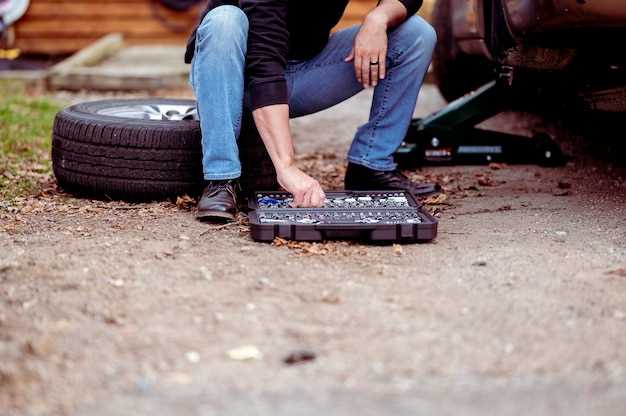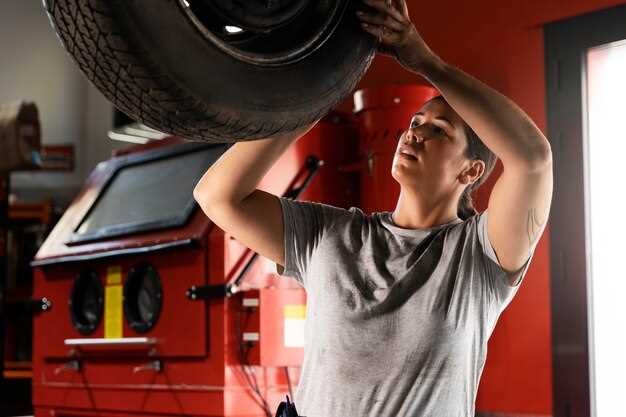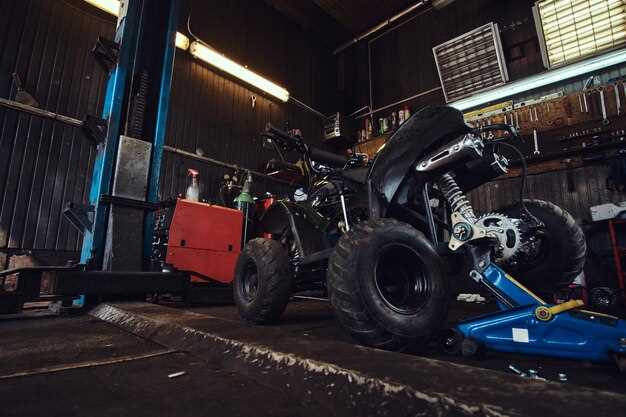
When it comes to maximizing performance on the track or navigating through rugged terrains, proper alignment is crucial for racing and off-road vehicles. Alignment directly influences the vehicle’s handling, affecting how it responds to steering inputs and maneuvers through challenging environments. A well-aligned vehicle ensures that all four wheels are optimally positioned, providing better traction, stability, and control.
In the world of racing, where every millisecond counts, the importance of precise alignment cannot be overstated. A slight deviation can lead to uneven tire wear, compromised aerodynamics, and ultimately, a slower lap time. On the other hand, off-road vehicles face unique challenges, such as navigating through rocks, mud, and uneven surfaces. Here, proper alignment helps maintain maximum contact with the ground, enhancing handling and enabling drivers to tackle obstacles with confidence.
Understanding the nuances of alignment settings–including camber, caster, and toe angles–plays a significant role in achieving the desired handling characteristics for any vehicle type. Enthusiasts and professionals alike must consider these elements to optimize performance and ensure safety. This article will delve into the specifics of alignment adjustments and how they affect racing and off-road dynamics.
Impact of Camber and Toe Settings on Vehicle Performance
The alignment of racing and off-road vehicles significantly influences their handling characteristics. Among the various parameters, camber and toe settings are crucial for optimizing performance. Understanding these elements can enhance grip and stability, providing a competitive edge on the track or rugged terrain.
Camber refers to the angle of the wheels relative to the vertical axis when viewed from the front of the vehicle. A positive camber angle means the top of the wheel tilts outward, while a negative camber angle tilts inward. Negative camber is often favored in racing scenarios, as it helps maintain tire contact with the road during cornering, improving grip. However, excessive negative camber can lead to uneven tire wear and reduced straight-line stability.
Toe involves the angle of the wheels when viewed from above. Toe-in means the front of the wheels points towards each other, while toe-out means they point away. Adjusting toe settings affects handling responsiveness. Toe-in can enhance straight-line stability, making it beneficial for high-speed racing. Conversely, toe-out can improve cornering agility, allowing for quicker response to steering inputs. Nevertheless, too much toe-out may cause instability and excessive tire wear.
The interplay between camber and toe settings creates a balance that can optimize a vehicle’s handling. A well-tuned alignment, considering both angles, allows for better cornering performance and overall vehicle dynamics. Racing and off-road enthusiasts should regularly assess these settings to maintain peak performance and ensure the vehicle responds accurately to driver inputs under various conditions.
In conclusion, understanding the impact of camber and toe settings is essential for maximizing vehicle performance. Properly adjusting these angles can significantly enhance handling, offering improved traction and stability, which are vital for competitive racing and off-road use.
Adjusting Suspension Geometry for Enhanced Handling

Proper alignment of a vehicle’s suspension geometry is crucial for optimizing handling characteristics in both racing and off-road conditions. By fine-tuning various parameters, such as camber, caster, and toe angles, drivers can significantly enhance vehicle performance and responsiveness.
Camber refers to the angle of the wheels relative to the vertical axis when viewed from the front. A negative camber enhances cornering performance by increasing the tire’s contact patch during turns. However, excessive negative camber can lead to uneven tire wear and reduced straight-line stability. For racing vehicles, a balance must be struck to ensure optimal grip without compromising tire longevity.
Caster is the angle of the steering axis when viewed from the side. Positive caster improves straight-line stability and steering feel, making it beneficial for high-speed racing applications. Conversely, too much positive caster can hinder low-speed maneuverability, which is critical in off-road scenarios. Adjustments can help tailor the vehicle’s handling characteristics to suit specific conditions.
Toe angle defines the direction the wheels point relative to the vehicle’s centerline. A slight toe-in can enhance stability, while toe-out can improve cornering responsiveness. Finding the right toe settings can significantly affect vehicle dynamics, especially in aggressive driving situations. Maintaining appropriate tire alignment is essential to minimize tire wear and optimize performance.
In addition to these adjustments, the overall suspension setup, including spring rates and dampening, also plays a vital role in handling. Striking the right balance between comfort and performance is essential, particularly for off-road vehicles that encounter diverse terrain.
Regularly checking and adjusting suspension alignment is not just a one-time task but an ongoing process. Maintaining proper suspension geometry can lead to improved handling, increased safety, and better overall vehicle performance, whether on the racetrack or rugged off-road trails.
Common Alignment Mistakes and Their Effects on Off-Road Capability

Proper alignment is crucial for the off-road performance of vehicles. However, several common mistakes can severely affect handling and overall capability. Understanding these pitfalls can help enhance the off-road experience.
1. Incorrect Camber Angle
One of the most frequent alignment mistakes is setting the camber angle incorrectly. Too much negative camber can cause uneven tire wear and poor grip on rough terrains. Conversely, excessive positive camber reduces contact with the ground, compromising handling and stability during off-road maneuvers.
2. Misaligned Toe Settings
Improper toe alignment can lead to a significant impact on a vehicle’s handling. While toe-in can enhance stability at high speeds, it may restrict maneuverability on uneven surfaces. Conversely, excessive toe-out can make the vehicle feel unstable, particularly during cornering, resulting in a lack of confidence on challenging trails.
3. Ignoring Caster Adjustments
Neglecting caster adjustments is another common mistake. A proper caster setup contributes to straight-line stability and responsiveness during off-road driving. Incorrect caster angles can create difficulties in steering and control, especially when navigating through rocky or uneven terrains.
4. Overlooking Suspension Changes
Modifications to suspension height or type can greatly influence alignment requirements. Failing to readjust alignment after such changes can lead to poor handling characteristics, tire wear, and reduced off-road capability. It’s essential to ensure that any suspension alteration is accompanied by a thorough realignment process.
5. Not Regularly Checking Alignment
Off-road conditions can quickly throw a vehicle’s alignment out of specification. Regular checks are essential for maintaining optimal handling and performance. Ignoring these evaluations may result in gradual degradation of vehicle responsiveness and increased risk of mechanical failure during off-road activities.
By avoiding these common alignment mistakes, off-road enthusiasts can significantly enhance their vehicle’s handling, improve durability, and enjoy a safer, more exhilarating driving experience.




